At LinkedIn, we use machine learning technology widely to optimize our products: for instance, ranking search results, advertisements, and updates in the news feed, or recommending people, jobs, articles, and learning opportunities to members. An important component of this technology stack is a knowledge graph that provides input signals to machine learning models and data insight pipelines to power LinkedIn products. This post gives an overview of how we build this knowledge graph.
Research and publish the best content.
Get Started for FREE
Sign up with Facebook Sign up with X
I don't have a Facebook or a X account
Already have an account: Login
Get weekly or monthly digest of all posts in your inbox: https://fmcs.digital/wim-subscribe
Curated by
Farid Mheir
 Your new post is loading... Your new post is loading...
|

Curated by Farid Mheir
Get every post weekly in your inbox by registering here: http://fmcs.digital/newsletter-signup/
|




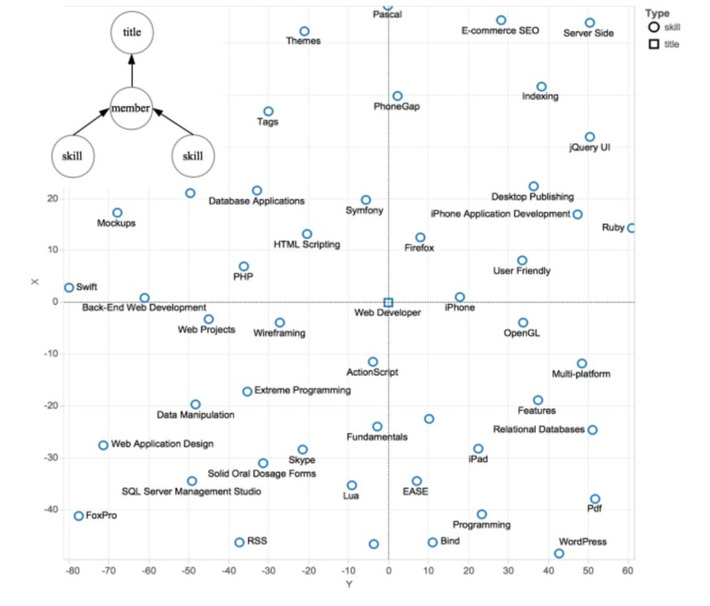



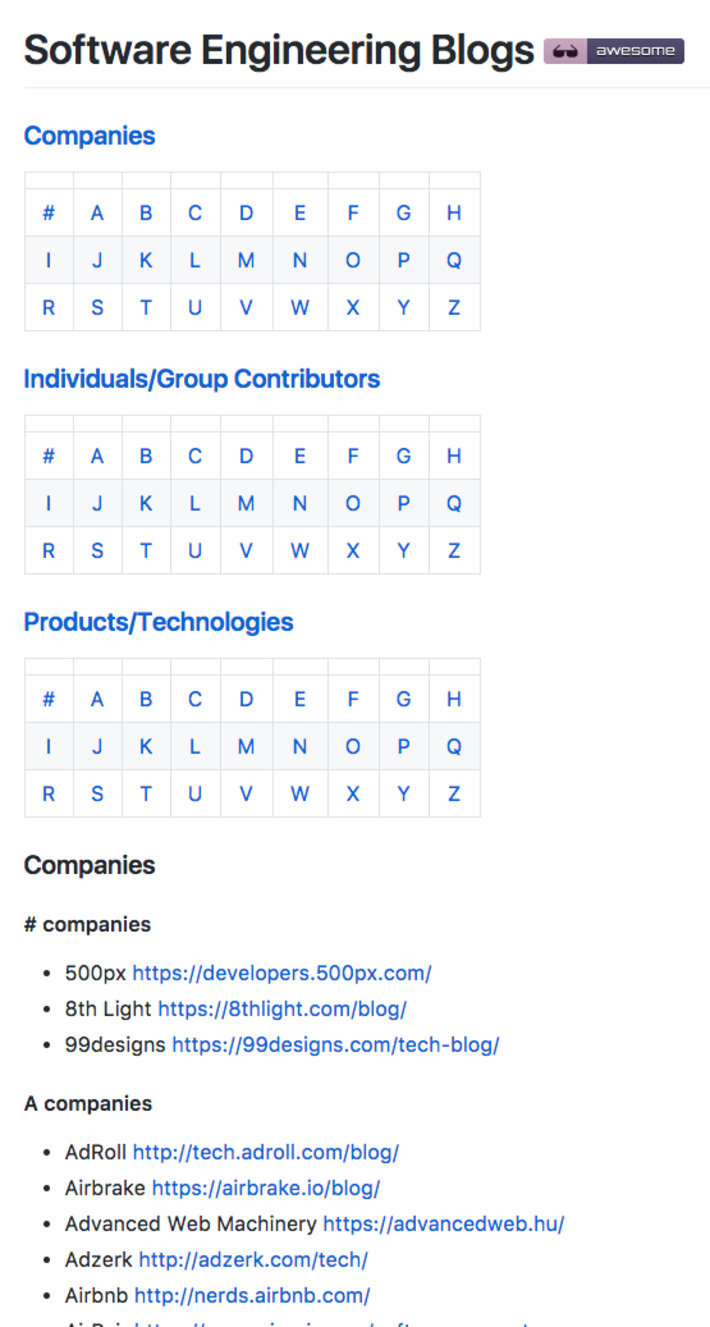

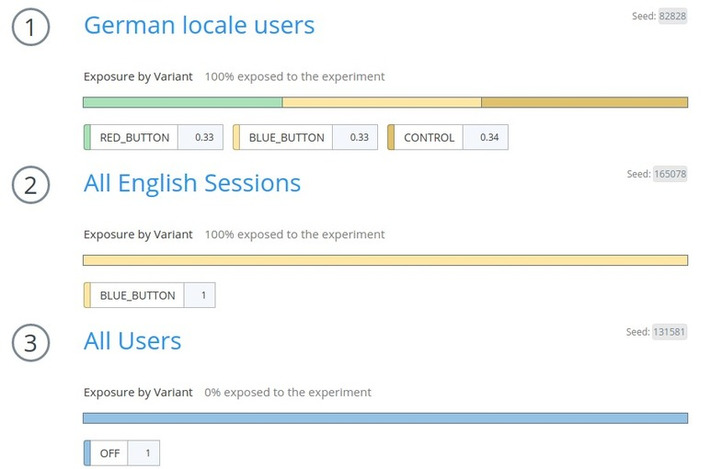

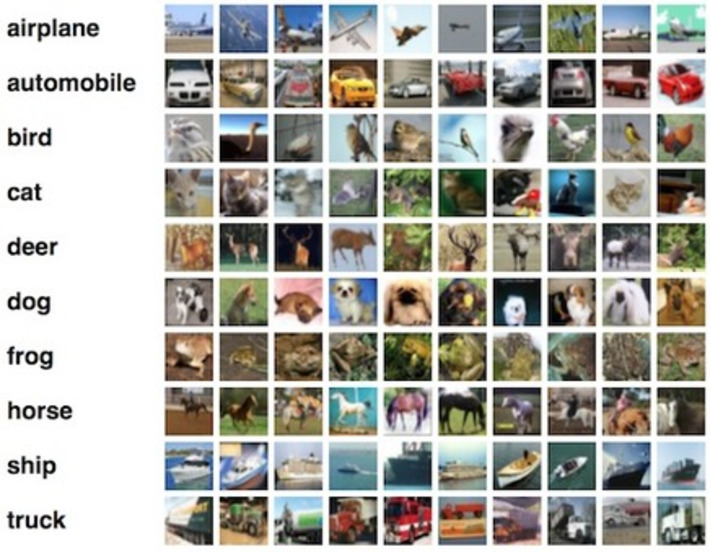
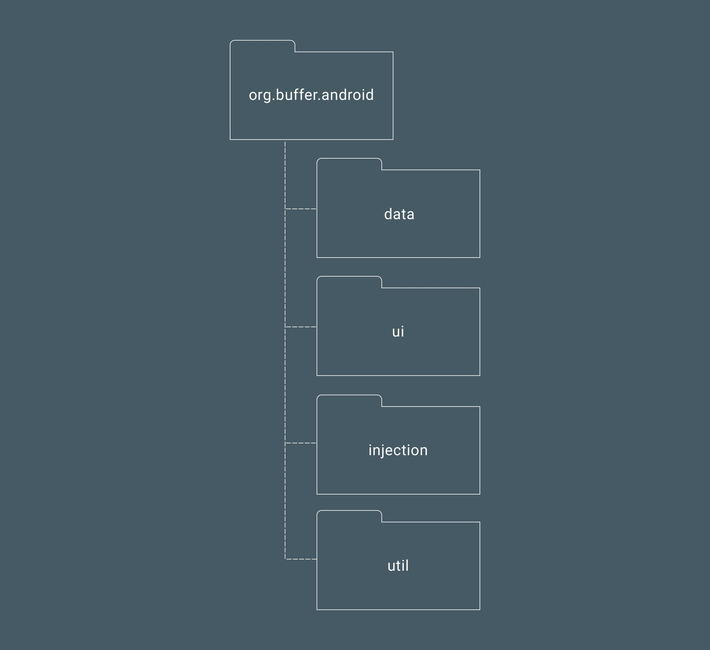








WHY THIS IS IMPORTANT
LinkedIn has 450M members, 190M historical job listings, 9M companies, 200+ countries (where 60+ have granular geolocational data), 35K skills in 19 languages, 28K schools, 1.5K fields of study, 600+ degrees, 24K titles in 19 languages, and 500+ certificates, among other entities. Making sense of relations between those entities is a difficult task and this paper explains how LinkedIn does it. Not for the technically faint of heart.